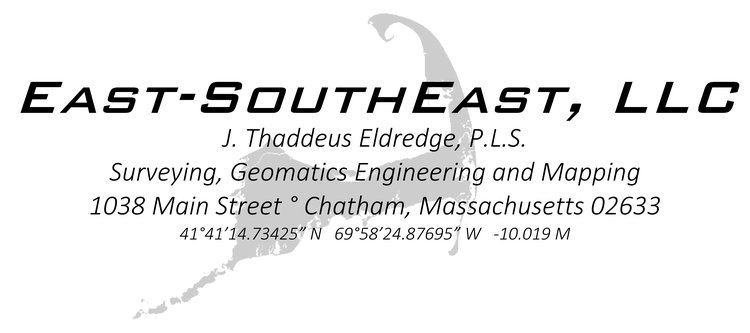Input: Field data processed into a Z drawing with Field to Finished and verified to horizontal and vertical datums.
Output: Contours are added to the Z drawing and a TIN file is created in the Z drawing directory.
Take your Z drawing and make sure the S-Breaklines are in the right order.
Eww.
So much better
Isolate the TOPO POINTS and the S-BREAKLINES (Don’t forget to get the PNTNO and PNTDESC and PNTELEV.
Now Shrink Warp the Entities, IE Enclose them with a boundary polyline.
Use EDITCTR to clean up the boundary as needed / if needed.
We also want Exclusion Areas defined - Buildings, Decks and other things that are over the ground. This can be one Big Polyline. S-BOUNDARY layer - CLOSED
Now you are ready to TRI or Triangulate and Contour
No Labels and Default Selection
OK
INCLUSION LINES - Select the Exterior Boundary - Enter
EXCLUSION LINES - Select those lines inside - like the buildings
SELECT: Grab it All - Use R to remove the S-BOUNDARY line(s)
ENTER
Not a bad start of things, but we need to CLEAN.
Go to Layers and create a layer named SURFEDIT, color Brown
In the surface manager you can make sure the desired surface is SET CURRENT. This is more important when there are multiple surfaces.
ADD POINT - you can add a point to the surface. This can help when there is missing data.
ADD BREAKLINE - when you miss a breakline this will help align the TIN.
REMOVE POINT - When there is an outlier (bad rod height or bad description) this will remove the point from the TIN. BE CAREFUL NEAR THE EDGES.
REMOVE TRIANGLES BY INTERIOR POINT - Remove a triangle by interior point. This most often happens when the S-BOUNDARY is too far away. BEWARE OF INTERIOR TRIANGLES.
REMOVE TRIANGLES BY FENCE SELECTION - This removes a bunch of triangles based on a fence line. BEWARE OF INTERIOR TRIANGLES.
MOVE POINT - This helps when a point is near the S-BOUNDARY.
SET POINT ELEVATION - Usually this is to make minor changes to points that are close to each other.
SWAP TIN EDGE - Here’s the most important function. FLIPFACE. You mess with the TIN Lines until the contours are smooth and silky.
Clean and tidy. Save your drawing.
You can check this against the contours in the tile by Blocking on into the other. In this case, there are several triangles to be removed.












